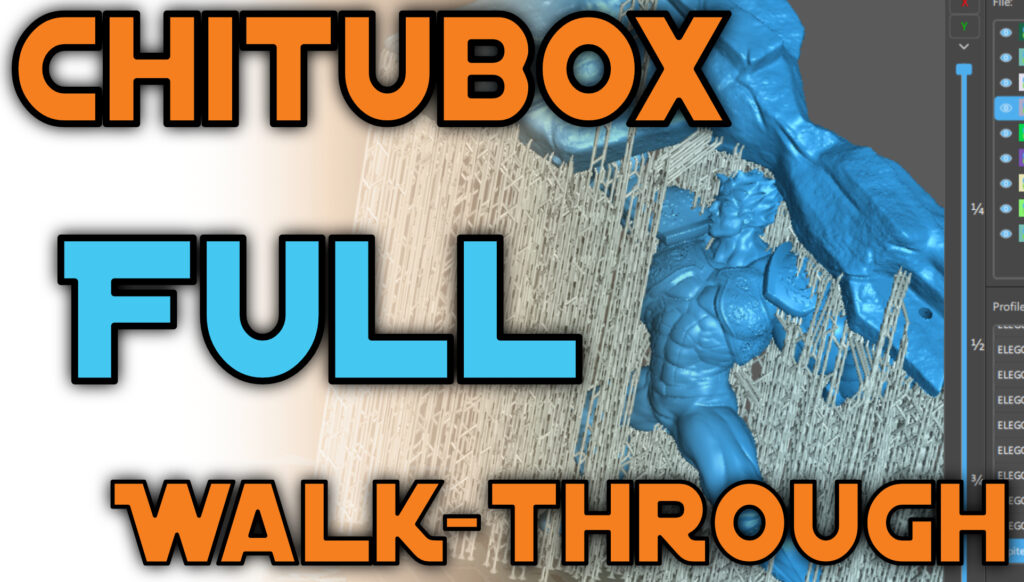CR10 V3 – Safety Mod
Transcript
Hello everybody and welcome to another video tutorial. Today we’ll be addressing an issue which is quite common among budget friendly printers and isn’t discussed all that much. The CR10 V3 like many other 3d printers in the market today, have tinned wired connections at their terminals, so today we’ll be replacing
those with ferrules. As always, what you see here represents my own opinions, and undertake
this at your own risk. I’m in no way responsible if any damages that may occur.
Now, there’s a couple of reason why you might want to change the main power connections to ferrule ones, however the main one is for safety. Not having ferrules means that maintenance will generally be more difficult since you’ll have to deal with the wires unravelling when being placed inside the terminals. Tinned
one’s on the other hand can make the strands more susceptible to vibration, loosing and corrosion, all of which are to be avoided when it comes to the main power connections. So for this reason we’ll be taking a closer look at how to replace the those connections on the CR10 V3 by Creality.
Since the CR10 V3 has a separate case for the electronics, I will be removing this portion from the rest of the machine to make things a little easier to manage. In order to get access to the terminals, we first need to open the box and to do this, well need to remove the screws on the bottom of the case as well as those holding the power supply in place. There shouldn’t be any need to disconnect the power supply from the motherboard, but you will need to put it to the side as you work on the components.
According to the wiring diagram, you can see that we have a couple of terminals, which we will need to double-check for tinned wires. I’ve turned the diagram around so that it matches the orientation of the video footage. It does seem to be typical with most 3d printers, is that both the hot end and main power tend
to have tinned wires. I have come across some that also have the sensor tinned as well, although that it more rare.
To make things easier to keep track of, we’ll only remove one wire at a time by unscrewing the screw at the top of the terminal. With wire cutters, you’ll remove the part that tinned before beginning to prep the wire for the ferrule. In order to have proper contact with the ferrule, well need to strip the tip of the wire by using one of the two methods. If you have wires strippers, you can use those to strip the wire connection, if you don’t, you can use your wire cutter to do the same thing by gently adding pressure until you’ve cut through the outer protective layer. You’ll then be able to remove the coating by holding the cutter’s partially open while pulling that part away. When choosing a ferrule, you want to choose one that just barely fits onto the wire to help ensure a proper connection when crimped. By making sure to twist the
wires first, you’ll have an easier time inserting them into the ferrules. If you have a ferrule crimping tool, you can use that to crimp the connection, if not you can use a pair of pliers’ to do the same thing. Always test the connection before putting it back into the terminal.
In the end, I’ve found that I had to replace both the hot end connections and main power with ferrules. This means that we’ve ended up replacing the connections for 2 terminals. By only disconnecting one connection at a time, you’ll be able to keep track of what connections need to be changed next. This is the method I generally recommend so that you don’t end up mixing your connections. When you re-attach the connection, make sure to double-check that it’s properly secured before moving on to the next one. Once you’ve finished upgrading the terminal connections, you can then put back together the machine and do a quick test print to make sure everything is working correctly.
I hope this video has helped some of you out, and if there’s a video you’d like to suggest, please leave a comment down below. I hope you guys enjoyed this video and I hope to see you guys soon. Thank you and take care.

